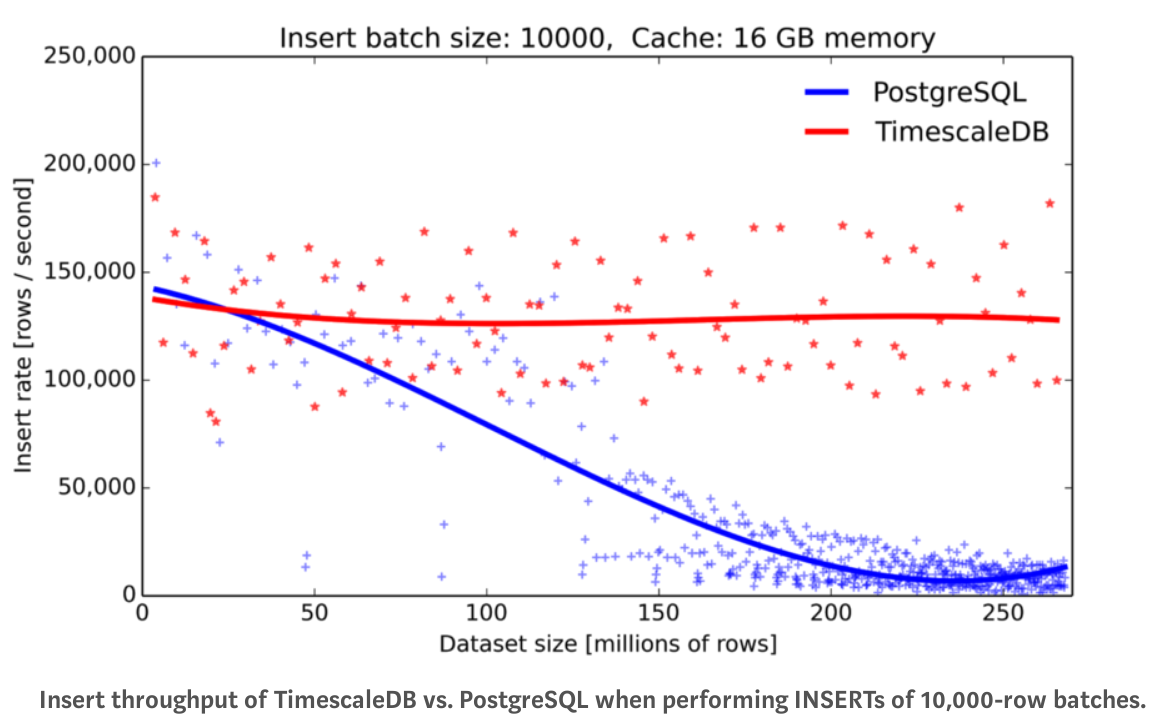

TimescaleDB is an open-source time series database developed by Timescale Inc. In general, if you’re dealing with large amounts of data where a timestamp is an essential piece of your data model, you may want to consider a time series database.

Use cases for a Time Series database include: An expressive syntax designed for interval-based data like last, first, avg, and more.Efficient data management once data has fallen out of retention policies.Efficient ingestion of data to produce insights.As such, each entry’s most essential data element is its timestamp.Īdvantages to Time Series databases include: Given the ubiquity of the Internet of Things (IoT) devices, time series databases can help ingest large amounts of data while allowing developers to glance at insights based on seconds, hours, days, and more. If you’re into mathematics, a time series is a set of data points listed in time order within a discrete time. As you may have guessed, the time dimension is essential to this storage approach. Still, this approach thinks of events as ultimately serving the need to build projections for deriving the state.Ī time series is yet another approach, but it’s more concerned about events occurring within a particular time interval. Of course, events can happen when they happen, and that’s ok. When building event sourcing systems, your focus will be on logical chronology, but without a strict time interval. It’s a bit more work but allows you to reprocess user events into new projections for insights you may not have considered when building a feature. Event Sourcing stores a user’s actions as events, building projections of the current state by processing all events up to a point. You might see the current data but have no clue how it came to be that way.Ī storage approach that attempts to resolve the loss of user actions is referred to as Event Sourcing. While “current state” management is the most popular approach used by developers, it is also known to cause a loss of insight into a business process. Any particular record is a side effect of user interactions in an ever-evolving system. Most databases work with “current state” management, where each entry is an aggregate of user actions. Today’s post will look at a particular storage approach called Time Series while utilizing technologies like PostgreSQL and its TimescaleDB extension, all integrated with Entity Framework Core. The data storage mechanism is the most important, as its features can typically dictate design choices later in the development process. While your choices are plenty, most solutions typically have three distinct elements: a user interface, a backend, and a data storage mechanism. Given today’s technology landscape, having multiple products power your solution in new and exciting ways is not uncommon.
#Timescaledb postgresql 13 software
Part of software development is researching new tools and finding ways to integrate them with what you know and love.


 0 kommentar(er)
0 kommentar(er)
